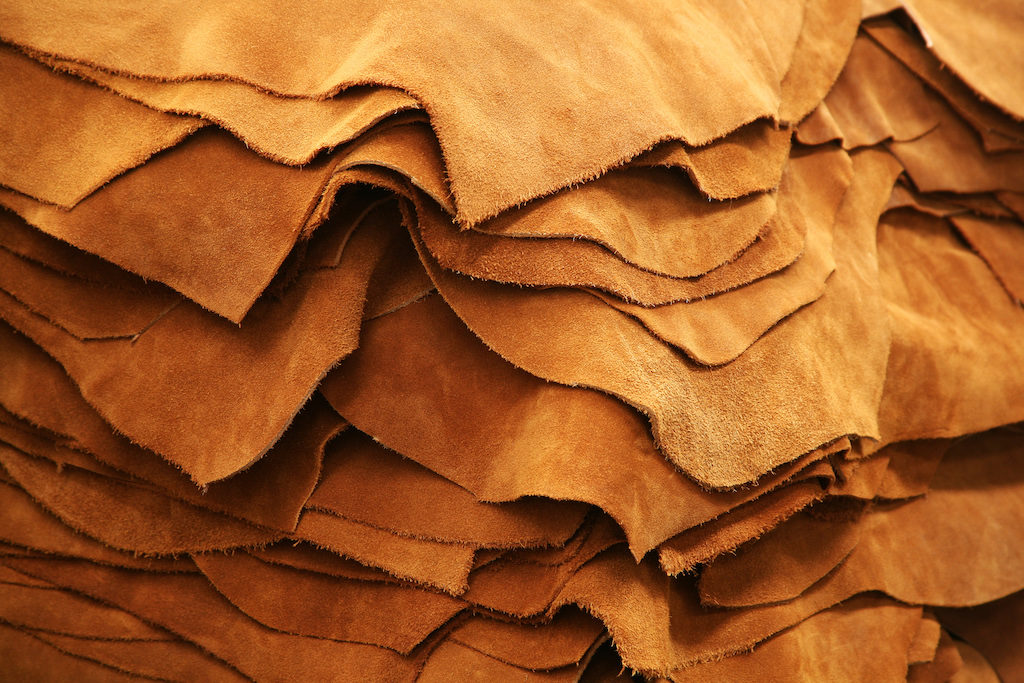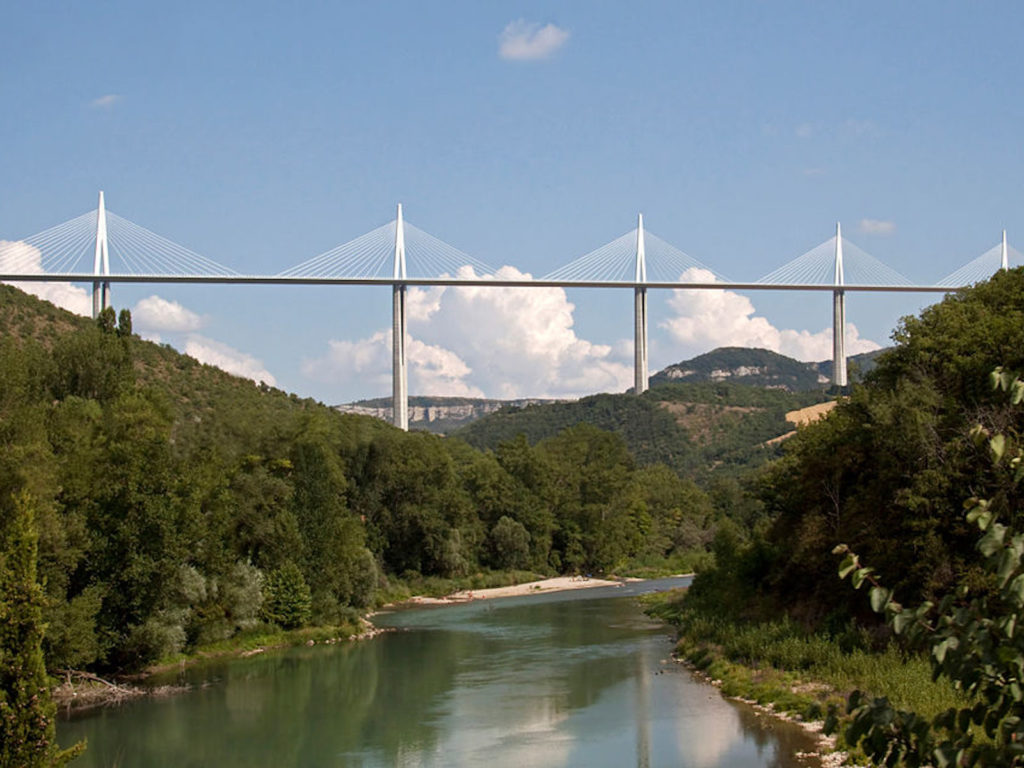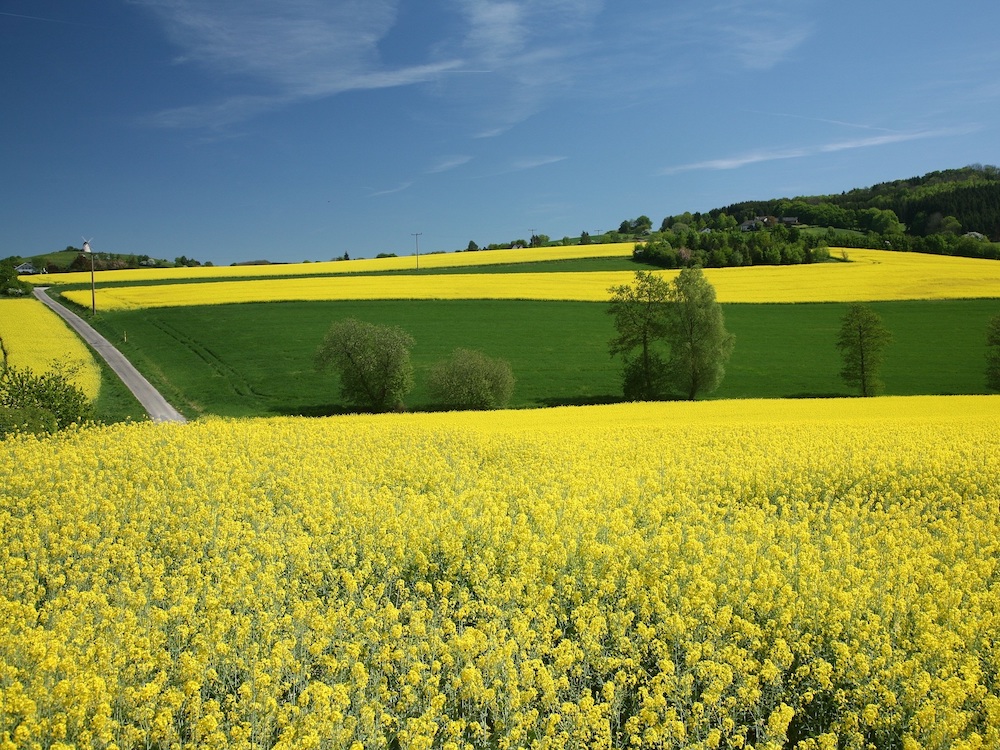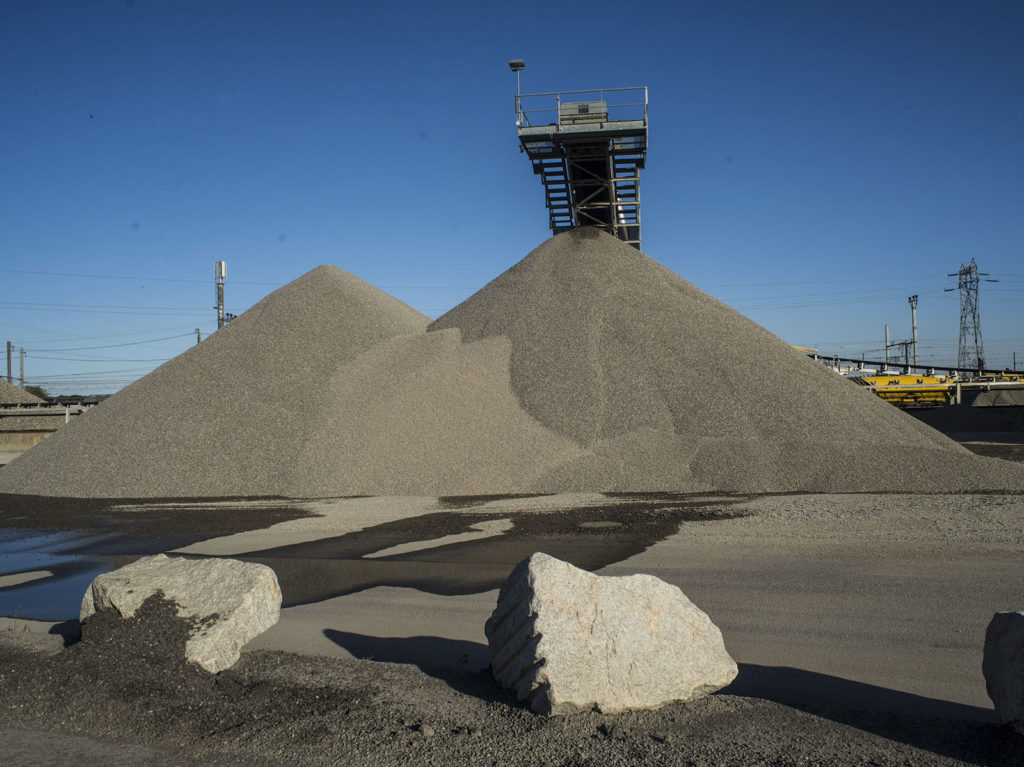
General framework
The world today is often sick of its anarchic development, centered around large cities generating many pollutions (production of energy, objects and infrastructure, etc.). We must therefore review many development plans and many technologies used which, if we are not careful, will put more at risk our society.
All the actions I have been conducting for more than 30 years, focused on sustainable development, are part of the so-called clean technology concept, where the chemical transformation operations of the material must not generate any harmful pollution for the environment.

It is difficult to make clear that a rejection of any kind is above all a loss of material so money before being a pollution. This acquired fact will require either :
To find a valorization that will make it a chemical or energy co-product of the considered technology.
Make sure that it no longer exists by making the technology considered a clean technology.
I have seen many of my university research programs succeed industrially in multiple sectors on which some technical elements will be presented.
They are all based on one or more patents filed by the University or my industrial partners with prior agreement between the parties.

Leather
The transformation of hides in leather has, in terms of pollution, a very bad reputation. Releases of chromium, sulfur residues, salts, organic matter are more and more difficult to tolerate. They require, in order to be properly treated, treatment plants that are particularly costly in terms of investment and operation, to the point of jeopardizing this industry in the developed countries.
About ten years of work on the subject has solved most of the pollution problems mentioned above.

The result of these studies was the finalization in 1998 of the CrAB process which allows the passage of the skin to the leather without rejection with a quasi-continuous recycling of the water in the process in particular in the stages of tanning, dyeing and fat liquoring which lead to finished leather.
Its development was partly co-financed by Gaches-Chimie – 31 Toulouse – France which today markets two original masking products used during the chromium tanning operation which helps to fix it in the protein network of the skin. This technology is now widely used in the industrial world, particularly in North and South America

Offset inks
The most widely used printing technique in the world remains offset printing at unprecedented cost, where the transfer of ink to paper relies on its hydrophobic character.
We therefore, in cooperation with Onidol (Office National des Oléagineux – Paris) which financed the operation from 1993 to 1996 and the Company Coates-Lorilleux subsidiary of the group Total who tested our products, developed a series of formulation based exclusively on rapeseed oil or sunflower oil that meet the difficult technical criteria of this type of product They are biodegradable, economically profitable and today produced industrially by thousands of tons.

Pharmaceutical industry
The pharmaceutical industry has experienced in recent years two major events that are the emergence of generic drugs and the development of active ingredients extracted from plants in drugs requiring marketing authorization.
An example of work done in the context of generic drugs concerned the lipanthyl anti-cholesterol drug distributed by Fournier Laboratories. The redesign of the active ingredient fenofibrate synthesis, whose overall yield was significantly increased, has contributed to this laboratory maintaining a dominant position for this product.

Refining vegetal oils
The work carried out on the refining of vegetable oils was intended to allow :
– the large-scale use of rapeseed oil in frying by eliminating on silica some characteristic steroids that passed through conventional refining and catalyzed the decomposition of linolenic acid, especially in unpleasant aromatic products. This work was funded by Onidol – Paris.
– the industrial use of strongly acidic oils by neutralization of free fatty acids with methanol in the presence of ion exchange resins as catalysts.
– le raffinage d’huiles à fort taux d’insaturation susceptibles d’être affectés structurellement par les méthodes classiques.

Polyester resins
This work developed with the Zodiac International Group led to the objective of developing a method for the characterization and control of polyester resins in the manufacture of boat hulls. The said method is today used daily on the production lines and gives complete satisfaction.

Civil engineering
The public works industry must adapt, like many others, to the salutary environmental constraints of this century.
Among the various problems that arise, those related to the exploitation of bituminous organic binders more or less deasphalted are to be treated in priority by reconsidering from a more ecological angle, with equivalent technical and economic performances.

This work was conducted for the company Malet – Toulouse. In particular, they have made it possible to lower the production temperature in a fixed coating station, without significantly changing the handling of the asphalt mix over time, by combining fluxes and biopolymers derived from biomass, hydraulic binders, specific catalysts to reduce VOC emissions without affecting the behavior of the rolling road layer.
An identical approach has been successfully used with cold emulsions in combination with hydraulic binders based on kaolin and lime.
In all cases the reduction of the share of petroleum products in favor of products derived from vegetable matter in road organic binders was effective and developed industrially by the company Malet on all its sites of operation.

Aromatic, coloring and pharmaceutical plants
The work that I carried out in French Guiana has, with the support of the Regional Council of Guyana, led to the demonstration that the emblematic palm tree of Guyana: the Awara or Astrocaryum vulgare, which is a strong element of local gastronomy through the famous “bouillon d’awara” produced an almond and pulp oil with exceptional anti-inflammatory properties.
I worked for nearly two years with the company Floramazone on various aromatic, coloring and / or medicinal plants from the Guiana and Amazon Basin to promote their reasoned industrial development in partnership with various local ethnic groups and major European and American laboratories.